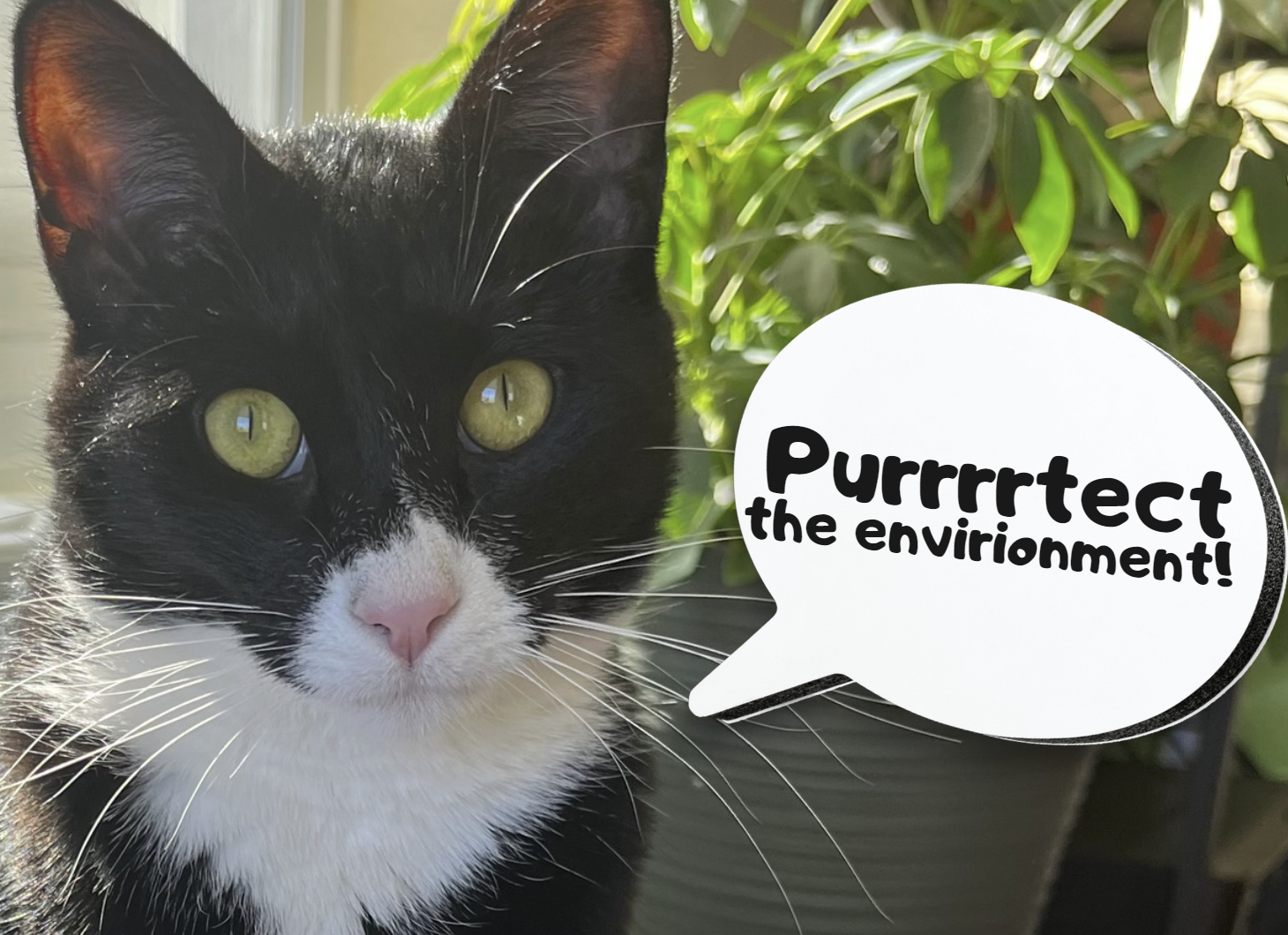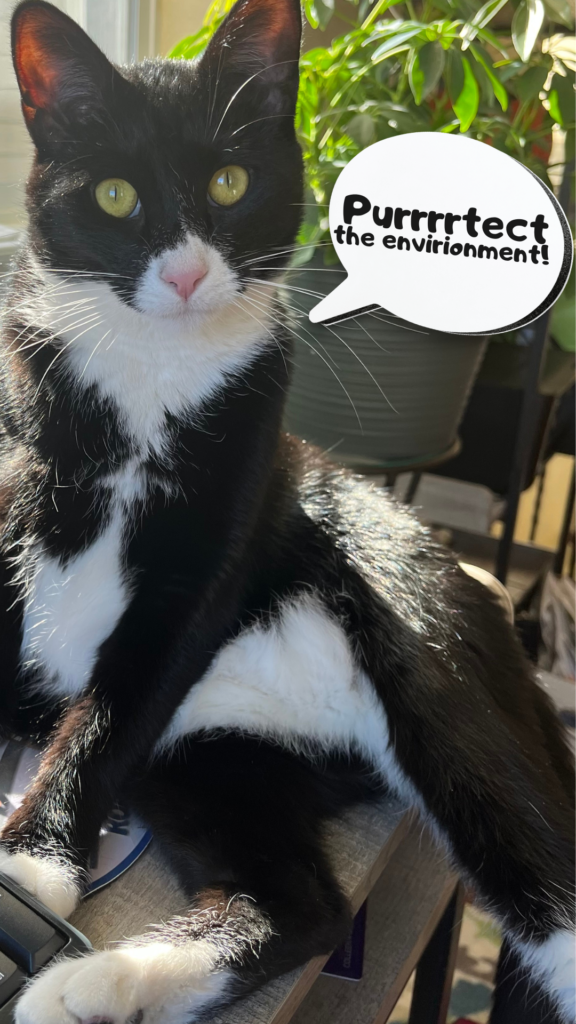
Is it okay to flush cat litter down the toilet?
Metro Water Recovery does not recommend flushing cat litter down the toilet, even if it is labeled “flushable.” While flushable cat litter is made from biodegradable materials, cat feces may contain infectious bacteria that can impact human and animal health – specifically, the parasite toxoplasma gondii that causes toxoplasmosis.
Most wastewater treatment plants are designed to handle human waste only. Scientists are unsure if toxoplasma gondii can be removed by traditional wastewater treatment processes and, as a result, the parasite can spread active spores into waterways.

Another caveat about flushable cat litter – low-flow toilets (most toilets manufactured after 1992) may not provide enough water to flush cat feces through the pipes. The end result could be clogs that lead to sewer backups inside your house.
Other helpful tips:
– Cat litter and feces should be put in biodegradable bags and thrown in the trash.
– Never put flushable cat litter, traditional clay litter or feces in municipal compost bins because temperatures used during the composting process may not be high enough to kill pathogens. However, if flushable litter has not been directly exposed to pet waste, it is compostable and can be placed in a municipal or backyard compost bin.
– Reduce plastic bag use by using a scooper to pick up the material, and then place multiple deposits in a single biodegradable waste bag.
– Traditional clumping clay litter should never be flushed because it is made from bentonite clay. When mixed with water, clay litter forms a cement-like compound that can clog pipes and damage septic systems.
As a general reminder, never EVER flush anything but wastewater and toilet paper down the toilet.
